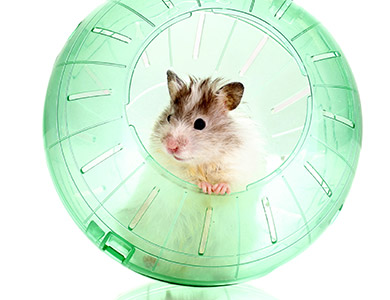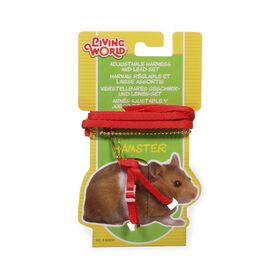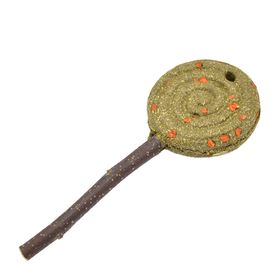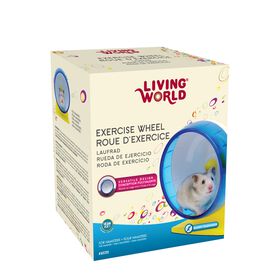So you’re thinking about bringing a hamster into the house, but you’re not sure how to take care of one? The below tips will help guide you through the adopting process and give you an idea of what kind of care this tiny little rodent will requires.
- Responsible adoption
When adopting a hamster, be responsible. While a number of pet stores do sell hamsters, there are other options to consider. Shelters, breeders, the SPCA and private sellers with litters at home are also great options to consider when looking for your new pet.
- Start with a visit to gauge how the animal behaves. Go at night, when the hamster will be more awake. Males often tend to be more gentle than females, but it comes down to the connection you feel with the hamster.
- Hold the hamster in your hands, keeping in mind that they can be nervous and may bite without warning. Be sure to choose a calm and curious one.
- If you adopt a young hamster, ensure they are sufficiently weaned (starting at 30 days old). If they are slightly older (6-10 weeks), they shouldn’t be put in contact with other hamsters. Unwanted fornication can occur when males and females live together.
- In order to verify the sex of the hamster, simply look at the distance between the anus and the sexual organs. Females are distinguished by their two orifices situated next to one another, while the male’s anus is twice as far from its penis.
- These little fur balls are solitary by nature. To avoid any fights, it is recommended to have only one hamster per cage.

- Opting for a healthy hamster
When adopting a hamster, there are a few factors to look out for that will help ensure they’re in good health.
- Opt for a hamster that is active and alert
- Observe them: they should be going to the bathroom, chewing and playing
- Their eyes should be open
- Their nose should be clean, and there should be no secretions
- Their coat should be shiny and not patchy
- There should not be any soiled fur or stools stuck to the area around the anus. Diarrhea is a serious health problem among hamsters.
- A comfortable living space
Two-tiered cages are ideal for hamsters, as they allow them to go from one level to another via tunnels. Metal cages allow them to climb while plastic ones protect them from any breezes. A hybrid would suit your pet perfectly.
The substrate at the bottom of the cage should be made of compressed recycled paper, shredded paper, or hemp chips. Avoid cedar chips as these can be irritating, and clumping litter can cause obstructions of the digestive system.

When it comes to the essentials for your hamster’s habitat, it will suffice to have some safe toys, some wood sticks as a treat, and a place to hide. A wheel can be installed so that they can do some physical activity—just make sure there are no risks associated with using it.
When it comes to playing outside the cage, a plastic exercise ball is something to consider. You can leave your hamster to play in one of these for 15-20 minutes—it will give them a chance to exercise and explore the house without running into any risks.
- Quality food
A hamster’s diet essentially consists in rodent feed (80% of their diet, meaning 6g of feed per 100g of bodyweight per day). Mixed grains for hamsters (10-15% of diet), fruit, vegetables and cereal products can also be gradually added in small quantities (5-10%).
Remember: Sugar isn’t good for anyone. Avoid sweet treats!
Coprophagy, or eating one’s own stools, is totally normal for hamsters. This is their way of recuperating certain nutrients from their diet.

- Taking a look at your lifestyle
You have to know that hamsters live on average between 1.5 and 2 years.
Also, they don’t like to be awakened during the day when they are asleep. For this reason, they aren’t the best pets for young children. It thus becomes a question of personality.
If you work at night, a hamster will be your best friend. If not, know that rodents are nocturnal and very active in the dark. So, take your time before deciding where in the house you should place the cage.
With a good understanding of the needs of a hamster, it is easy to adapt your lifestyle so you can enjoy many good times with your pet. Take the time to properly inform yourself, and choose your pet wisely before welcoming them into your life.









